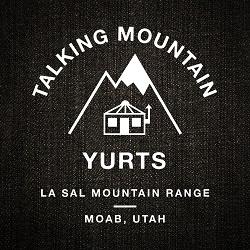Cold temperatures precluded detailed snow pits, but I was more interested in a look at the variation of the buried rain crust from the last storm any way - starting the night of Jan 29 with rain to 7,500 to about 8,000'. changing to snow and continuing through the 30th. Lots of hand pits and pole pits, great tools when you are checking for distribution and variation of an upper snow pack layer. At the lower elevations, a strong rain crust, well bonded to the snow beneath, and the only shears were in the new snow about an inch above. Expect these to strengthen and disappear soon. The rain crust transitioned with elevation, becoming thinner, before disappearing. In places there were two crusts, close together, best shears below the lower crust.
Seems like another layer to deep track of, with the concern of facets developing above or below the crust. I expect any issues to be related to a specific elevation band, that will unfortunately vary between drainages and regions. In a way, I'm glad for the forecast high pressure moving in (hopefully for just a week), so the snow pack can settle out and the crusts hopefully bond to the surrounding snow. And southerly facing slopes could use some sun and heat to encourage rounding of any weak layer.



